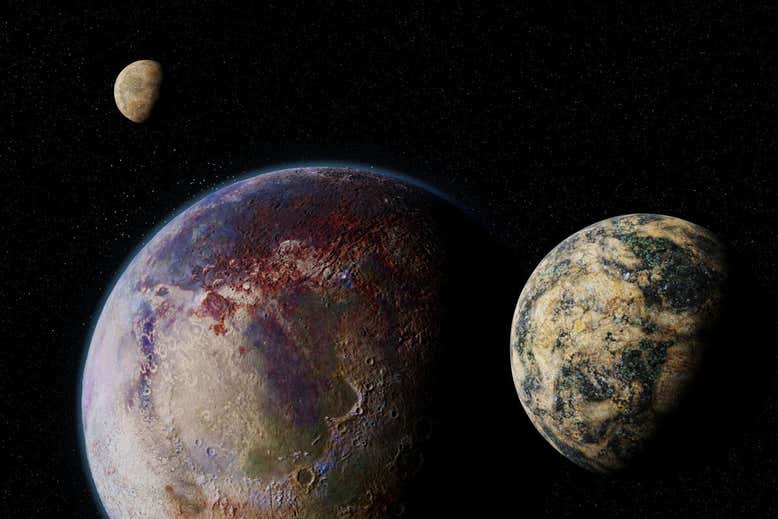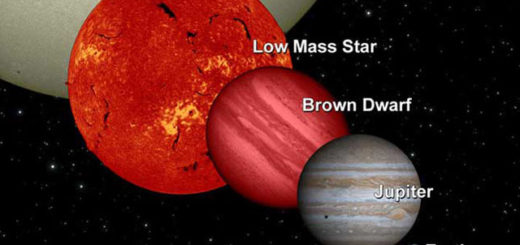Astronomers have spotted six possible exomoons in distant star systems

Our solar system is full of moons – more than 200 of them – but we have yet to definitively spot a moon orbiting a planet beyond our own system. However, astronomers have now found six exoplanets that may have natural satellites.
Chris Fox and Paul Wiegert at Western University in Canada searched data from the Kepler space telescope for a phenomenon called a transit timing variation. When an exoplanet crosses in front of its star, or transits, we see a dip in the star’s light.
If the exoplanet is orbiting on its own, we see periodic dips in a precise pattern. But if its orbit is affected by the gravity of other objects around it – such as a moon or another planet – there are deviations from that pattern called transit timing variations. Fox and Wiegert picked out eight exoplanets with transit timing variations significant enough that they may indicate exomoons orbiting these worlds, but not so extreme that those exomoons would be big enough for us to see them more directly.
They ran a series of simulations of the signals we would see if each of these exoplanets had either an exomoon, or were accompanied by another exoplanet orbiting the same star. For two of the eight worlds, they found that additional planets explained the observations better, but they say that the other six could have moons.



 Creators of mankind
Creators of mankind Description of “Tall white aliens”
Description of “Tall white aliens” Where they came from?
Where they came from? About hostile civilizations
About hostile civilizations The war for the Earth
The war for the Earth “Tall white aliens” about eternal life
“Tall white aliens” about eternal life Video: “Nordic aliens”
Video: “Nordic aliens” Aliens
Aliens Alien encounters
Alien encounters The aliens base
The aliens base UFO
UFO Technology UFO
Technology UFO Underground civilization
Underground civilization Ancient alien artifacts
Ancient alien artifacts Military and UFO
Military and UFO Mysteries and hypotheses
Mysteries and hypotheses Scientific facts
Scientific facts


















